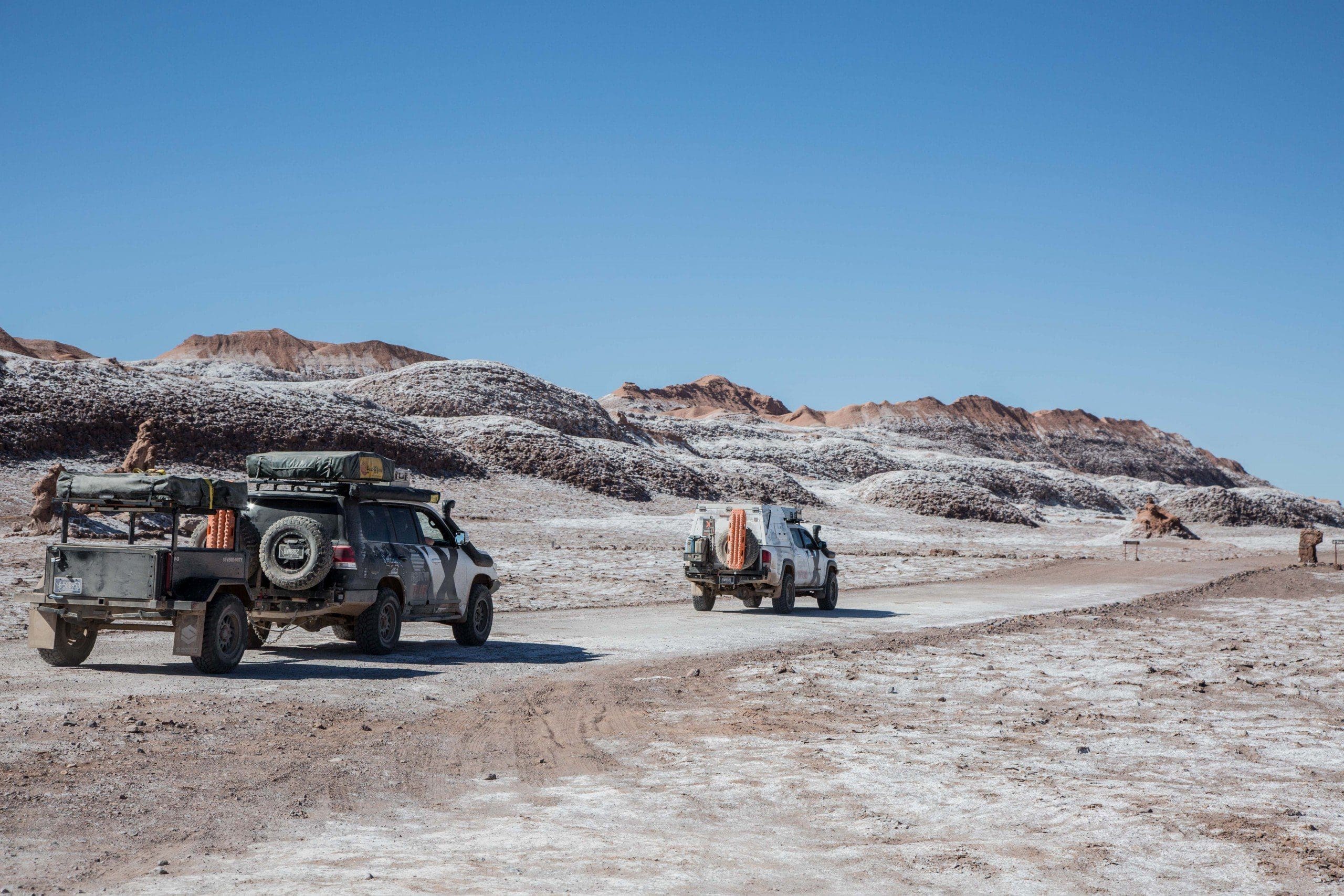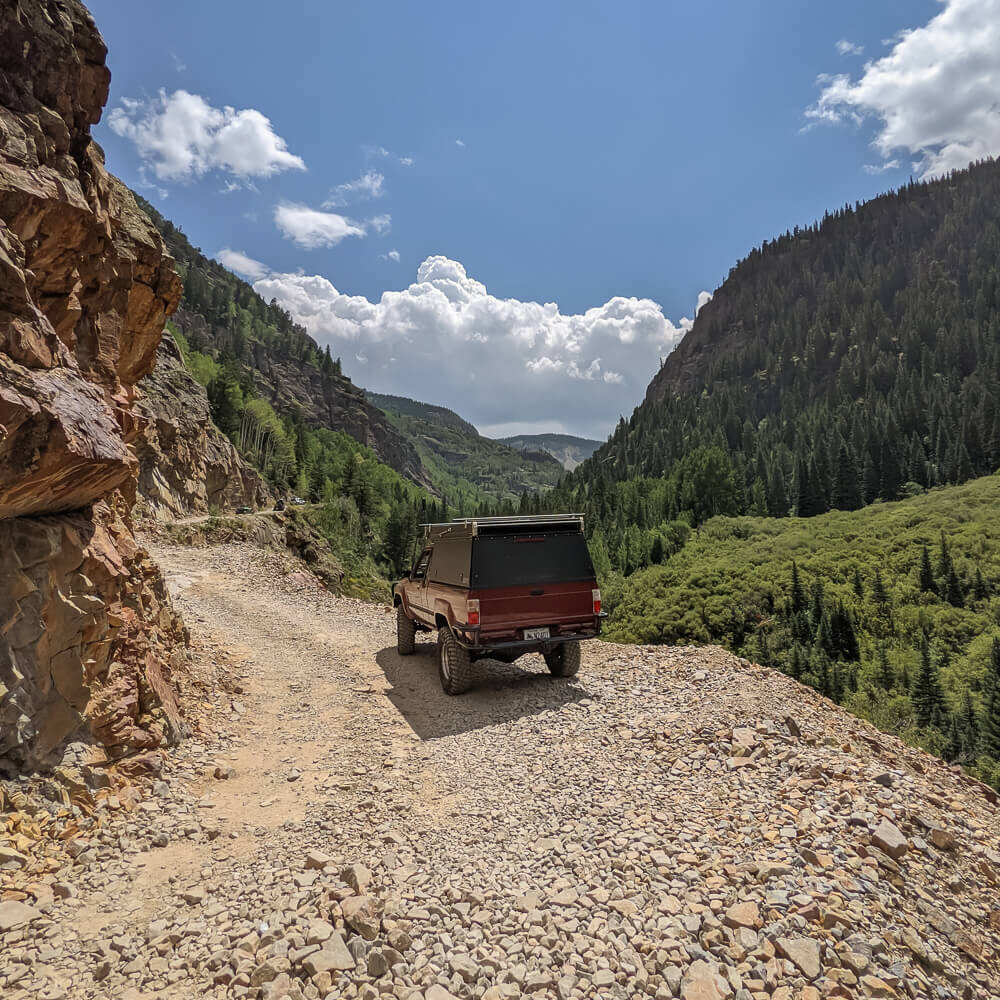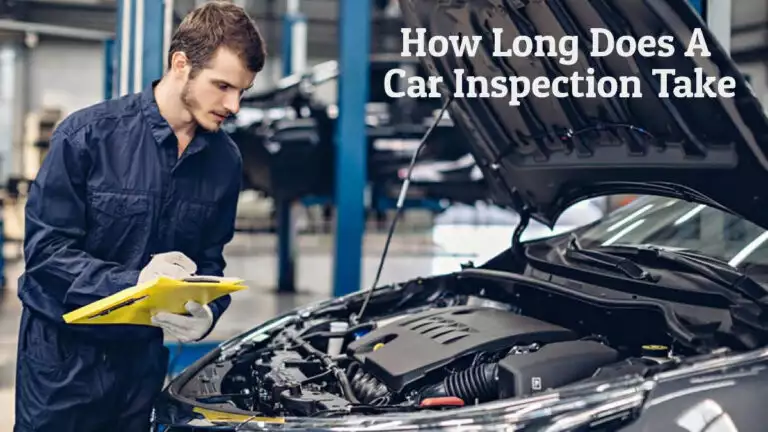How to Start Overlanding
To start overlanding, choose a suitable vehicle and equipment, plan your route, and pack essentials. Overlanding involves self-reliant travel to remote destinations in a capable vehicle, with an emphasis on the journey rather than the destination.
It is an adventure-filled way to explore off-the-beaten-path locations, connect with nature, and immerse yourself in unique experiences. Whether you are a beginner or experienced traveler, overlanding allows you to escape the ordinary and embark on unforgettable journeys. By incorporating proper preparation, navigation skills, and a sense of adventure, you can begin your overlanding journey with confidence and excitement.
Let’s delve deeper into the world of overlanding and discover how to kickstart your own adventure on the open road.
Choosing The Right Vehicle
Choosing the Right Vehicle is crucial when embarking on an overlanding adventure. Your vehicle will serve as your shelter, transportation, and storage, so it’s essential to select one that meets your needs in terms of size, capacity, and off-road capabilities.
Size And Capacity
When considering the size and capacity of your overlanding vehicle, prioritize ample space for passengers and gear. A larger vehicle generally offers more room for sleeping arrangements, cooking facilities, and storage. However, larger vehicles may be less manoeuvrable in certain terrains and may have limitations in terms of available camping spots.
Off-road Capabilities
Assessing the off-road capabilities of a vehicle is vital for overlanding. Look for a vehicle with good ground clearance, sturdy suspension, and 4-wheel drive capabilities to navigate through challenging terrains. It’s important to remember that a vehicle suited for off-road conditions may compromise some on-road comfort and fuel efficiency.

Credit: www.youtube.com
Planning Your Route
Planning Your Route: Embarking on an overlanding journey requires meticulous planning to ensure a seamless and enjoyable experience. One of the pivotal aspects of planning is determining your route, which involves Researching Destinations, Considering Road Conditions, and Mapping Your Journey.
Researching Destinations
- Research various destinations based on your interests.
- Consider factors like weather, activities, and attractions.
- Explore online forums and travel websites for insights.
Considering Road Conditions
- Check road conditions, regulations, and closures.
- Ensure your vehicle is equipped for different terrains.
- Be prepared for off-road challenges and obstacles.
Mapping Your Journey
- Plan your itinerary with key stops and overnight stays.
- Use GPS devices or offline maps for navigation.
- Consider alternative routes in case of detours or closures.
Preparing Your Vehicle
Starting your overlanding adventure begins with preparing your vehicle. Ensure it is equipped with the necessary gear and modifications to tackle off-road terrain and sustain your adventure.
Routine Maintenance
Regularly check oil levels, tire pressure, and brake pads. Keep fluids topped up and replace filters as needed.
Off-road Modifications
Upgrade tires for better traction, install a lift kit for ground clearance, and add skid plates to protect the underside.
Essential Gear
Include recovery gear like a tow strap, tools for roadside repairs, a first aid kit, and emergency supplies.
Invest in durable storage solutions for gear organization and secure equipment for bumpy rides.

Credit: www.xoverland.com
Packing For The Trip
When it comes to preparing for an overlanding adventure, getting the packing right is essential. A well-organized and comprehensive packing strategy ensures that you have all the essentials for a successful and comfortable trip. From camping equipment to food supplies and personal items, effective packing can make a significant difference when embarking on an overlanding journey.
Camping Equipment
Proper camping equipment is crucial for a successful overlanding trip. Items such as a durable tent, sleeping bags, camping stove, and cooking utensils are essential. Additionally, investing in a reliable air mattress or sleeping pad can greatly enhance comfort during overnight stays.
Food And Water Supplies
When overlanding, it’s important to pack non-perishable food items such as canned goods, dehydrated meals, and snacks. Don’t forget to bring along a portable cooler or fridge for storing perishable items and keeping drinks cold. Always ensure an adequate supply of water for drinking, cooking, and cleaning purposes.
Clothing And Personal Items
When it comes to clothing and personal items, it’s important to pack appropriate attire for the expected weather conditions. Remember to include sturdy hiking boots, rain gear, and versatile layers. Don’t forget essentials like toiletries, first aid kit, and insect repellent to ensure comfort and safety during the trip.
Overlanding Etiquette And Safety
When venturing into the world of overlanding, it’s crucial to have a solid understanding of etiquette and safety practices. Overlanding is about exploring off-grid destinations and immersing oneself in nature. With that in mind, it’s important to leave no trace of your presence and be prepared for any emergencies that may arise. Additionally, learning how to navigate challenges effectively will ensure a smooth and enjoyable overlanding experience. Let’s dive into the key elements of overlanding etiquette and safety:
Leave No Trace Principles
One of the core principles of overlanding is leaving minimal impact on the environment. By adhering to the Leave No Trace principles, you not only preserve the natural beauty of the places you visit but also ensure that future Overlanders can enjoy them too. These principles are:
- Plan ahead and prepare.
- Travel and camp on durable surfaces.
- Dispose of waste properly.
- Leave what you find.
- Minimize campfire impacts.
- Respect wildlife.
- Be considerate of other visitors.
Emergency Preparedness
Overlanding can lead you into remote areas where assistance might not be readily available. Being prepared for emergencies is crucial for your safety and the safety of your fellow travelers. Ensure you have the following items handy:
- A first aid kit with essential supplies and medications.
- Extra food and water to sustain you in case of unexpected events or delays.
- Basic tools and a repair kit to tackle any mechanical issues.
- An emergency communication device, such as a satellite phone or radio.
- A portable air compressor, tire repair kit, and spare tire.
- A navigation system or reliable map and compass.
- An understanding of basic survival skills, including fire building and shelter construction.
Navigating Challenges
Overlanding is an adventure, and challenges are part of that journey. Knowing how to navigate these challenges will ensure a positive experience. Keep these tips in mind:
- Research your route beforehand and be familiar with the terrain, driving conditions, and requirements.
- Stay vigilant and be aware of your surroundings, especially when off-roading or crossing water bodies.
- Keep a backup plan in case your original route becomes impassable or undesirable.
- Travel with at least one other vehicle for added safety and assistance.
- Communicate with fellow Overlanders and share information about road conditions, campsites, and potential hazards.
- Adapt to changing circumstances and be flexible in your plans.

Credit: www.takethetruck.com
Frequently Asked Questions For How To Start Overlanding
How Much Does It Cost To Get Into Overlanding?
The cost of getting into overlanding can vary, but typically ranges from $5,000 to $30,000. This includes expenses for a suitable vehicle, camping gear, and modifications. Additionally, ongoing costs such as fuel, maintenance, and travel expenses should be considered.
What Is The Best State For Overlanding?
For overlanding, the best state in the US is Colorado due to its diverse terrain and scenic landscapes.
Is 4wd Necessary For Overlanding?
Yes, 4WD is beneficial for overlanding due to enhanced traction and accessibility in challenging terrain.
What’s The Difference Between Overlanding And Camping?
Overlanding involves off-road travel and self-sufficiency, while camping focuses on staying at a designated site. Overlanding explores remote areas, often for extended periods, while camping typically involves a shorter stay at established campsites. Both offer outdoor experiences but with different levels of adventure and independence.
What Is Overlanding And Why Is It Popular?
Overlanding is a self-reliant adventure travel style, gaining popularity as it offers freedom, connection with nature, and exploration.
What Type Of Vehicle Is Best For Overlanding?
A 4×4 vehicle, such as an SUV or pickup truck, is ideal for overlanding due to its off-road capabilities and storage capacity.
How Do I Plan An Overlanding Trip?
Start by determining your destination, setting a budget, researching routes and campsites, and packing essentials like food, water, and navigation tools.
Conclusion
Overlanding offers a unique way to experience adventure and the great outdoors. By following these tips, you can start your overlanding journey with confidence. Remember to prioritize safety, plan your routes, and embrace the freedom and flexibility that overlanding provides.
With the right equipment and mindset, you can explore new places and create unforgettable memories on your overland adventures.

